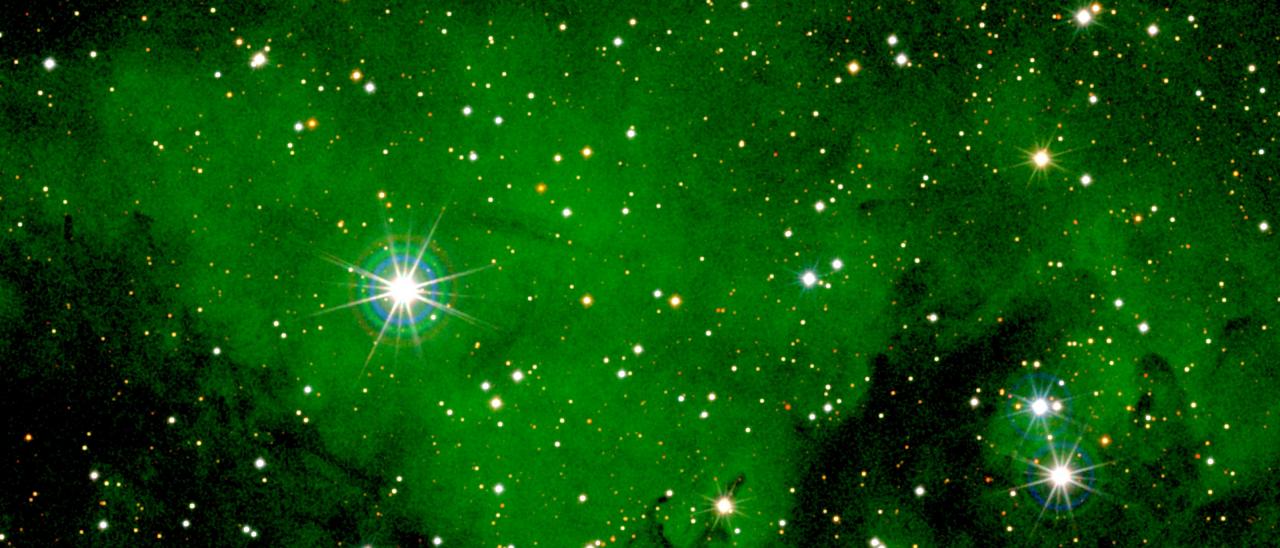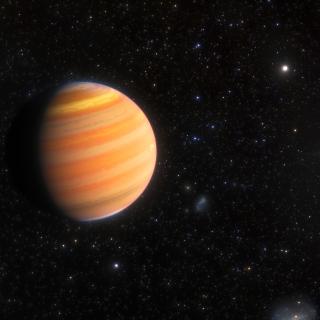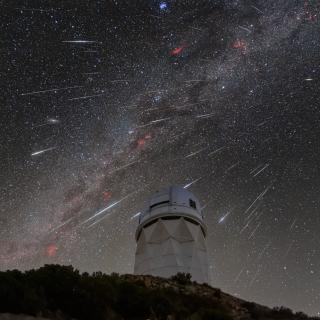2MASS J20395358+4222505 is an obscured early B supergiant near the massive OB star association Cyg OB2. Despite its bright infrared magnitude (Ks= 5.82) it has remained largely ignored because of its dim optical magnitude (B= 16.63, V= 13.68). In a previous work we classified it as a highly reddened, potentially extremely luminous, early B-type supergiant. We obtained its spectrum in the U, B and R spectral bands during commissioning observations with the instrument MEGARA@GTC. It displays a particularly strong Hα emission for its spectral type, B1 Ia. The star seems to be in an intermediate phase between super- and hypergiant, a group that it will
probably join in the near (astronomical) future. We observe a radial velocity difference between individual observations and determine the stellar parameters, obtaining Teff =24 000 K, log gc= 2.88±0.15. The rotational velocity found is large for a B-supergiant, v sin i= 110±25 km/s. The abundance pattern is consistent with solar, with a mild C underabundance (based on a single line). Assuming that J20395358+4222505 is at the distance of Cyg OB2 we derive the radius from infrared photometry, finding R= 41.2±4.0 R⊙, log(L/L⊙)= 5.71±0.04 and a spectroscopic mass of 46.5±15.0 M⊙. The clumped mass-loss rate (clumping factor 10) is very high for the spectral type, M= 2.4×10 M⊙/yr. The high rotational velocity and mass-loss rate place the star at the hot side of the bi-stability jump. Together with the nearly solar CNO abundance pattern, they may also point to evolution in a binary system, J20395358+4222505 being the initial secondary.
Advertised on
Authors
Artemio
Herrero Davo
S. R. Berlanas
A. Gil de Paz et al.
References



